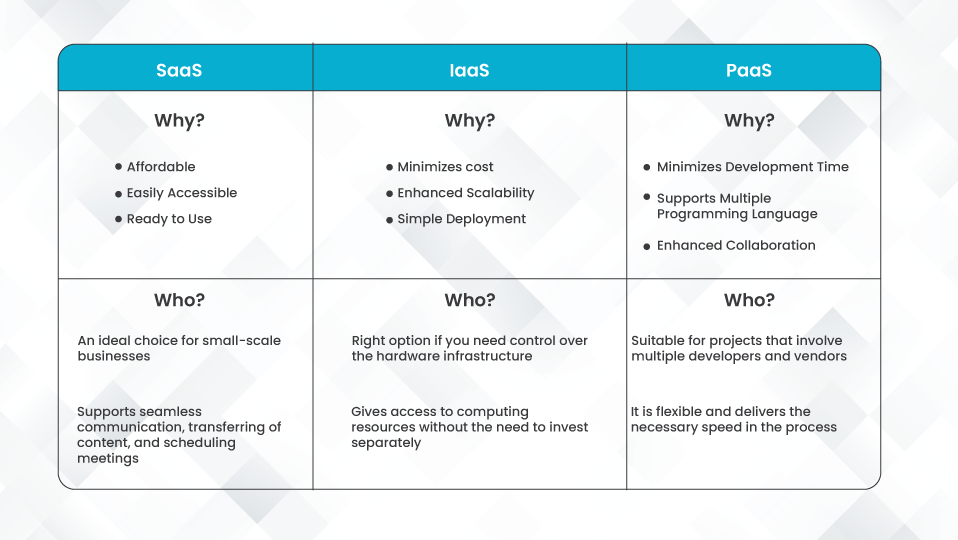When it comes to small business, any technological solution that can help you press your advantage should be considered. We spoke to an IT company that has been providing managed IT services London based companies have relied on for over a decade. They stated that the advantages small businesses can make it easier for themselves to use their advantages, by implementing cloud-based solutions, such as Infrastructure as a Service (IaaS) and Platform as a Service (PaaS).
You may have heard these terms before, but not completely understood them. In this blog we will give a brief breakdown and comparison of the two.
The Cloud
When we spoke to the IT support company, they said that, in the 12 years they have been in business, the interest in cloud-based solutions has grown steadily stronger. Like many of the top IT support companies London businesses rely on, they themselves are partnered with a Cloud provider (in their case Microsoft Azure), which allows them to provide customers with cloud services, and offer direct support for those services. Many of the Office 365 consultants services offered by Microsoft Partners and IT Companies include cloud-based networking and solutions.
The main thing that the cloud is good for with business is its ability to virtualise network infrastructure, and host it over a network. A business can essential rent out virtual servers in the cloud, in order to host all of their apps, data, and workloads. This means the only hardware a business needs in their office are the computers their staff use – in fact, with cloud networking, a business doesn’t need an office at all (and this how remote businesses function).
The two most common ways that businesses can utilize the cloud is with two types of product: Infrastructure-as-a-Service and Platform-as-a-Service.
Infrastructure As A Service
Definition – If you have ever heard about a business building a cloud-based infrastructure, they will have used IaaS. Infrastructure as a Service is the most fundamental, broad type of cloud service a business can get. It is essentially just virtual servers that are hosted in the datacentres of a cloud provider (like Microsoft Azure, or Amazon Web Services). These servers can be configured in any way possible, meaning a company has complete control over how they designed their cloud infrastructure.
Advantages – There are lots of great advantages to using Infrastructure as a Service. One of the main is that it is very cost-effective; because you only pay for what you use, and can scale down usage at any point. It is also very future-proof, as the provider of the service invest heavily state-of-the-art technology.
Disadvantages – Infrastructure as a Service is not without its disadvantages. Firstly, on-premise processes and workflows are not always suited to a cloud-based infrastructure, so a business looking to migrate their processes and workloads to an IaaS environment may need to change them, which incurs extra work. Similarly, if you have other systems you use, you may find it complicated to integrate them with IaaS.
Platform As A Service
Definition – Where IaaS is essentially the foundations on which a business can build their cloud-based infrastructure, Platform as a Service is like the skeletal structure on the foundations. Platform as a Service contains all the same things that Infrastructure as a Service contains, plus additional tools, like database management systems, development tools, etc, and it also includes a user interface.
Advantages – Just like with IaaS, the main advantage of Platform as a Service is its cost effectiveness. It means that small businesses get access to state of the art resources and infrastructure, at a manageable price. Unlike Infrastructure as a Service, PaaS means that businesses don’t need to worry about managing the underlying infrastructure; all of that will be managed by the cloud provider.
Disadvantages – The main disadvantages of PaaS come with the fact that it is a slightly more specialised solution. Some business may be worried about getting locked into a specific platform and interface; and integrating PaaS with other services may pose some challenges.



